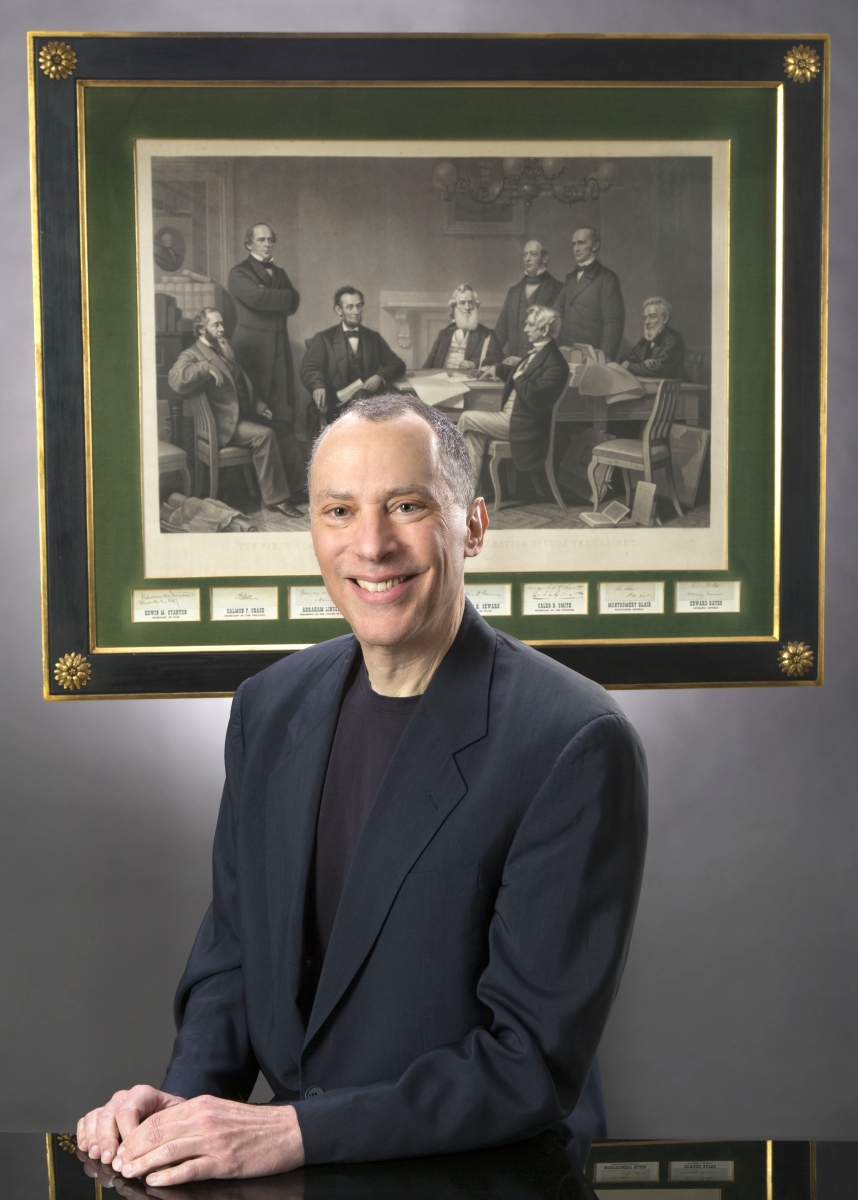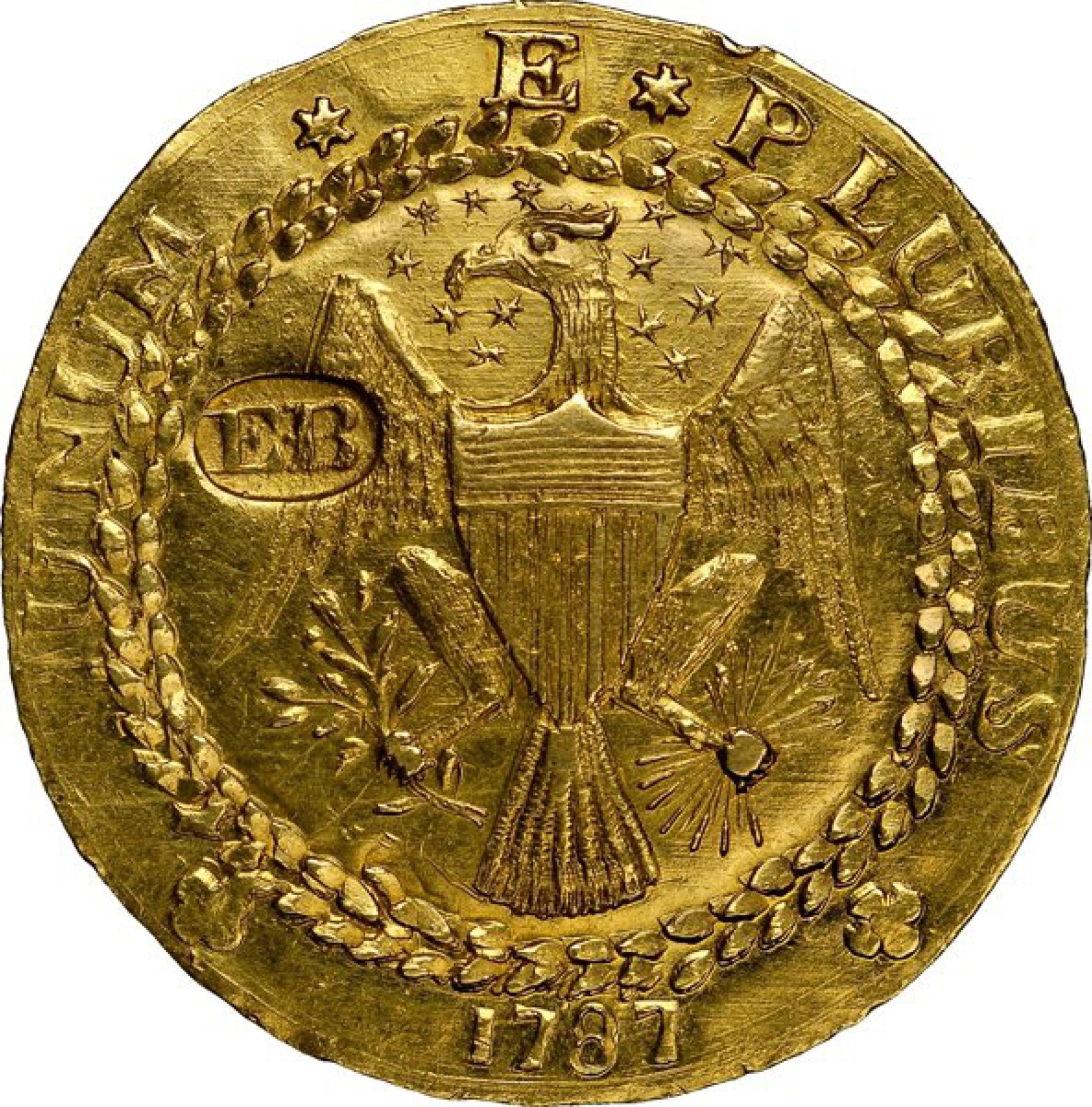
Born in Boston in 1952, Jim Halperin formed a part-time rare stamp and coin business at age 16, the same year, he received early acceptance to Harvard College. But by his third semester, he was enjoying the coin business more than his studies, so he took a permanent leave of absence to pursue a full-time numismatic career. In 1975, he supervised the protocols for the first mainframe computer system in the numismatic business, catapulting his firm to the top of the industry within four years. In 1982, Jim’s business merged with that of his friend and former archrival Steve Ivy to form Heritage Auctions.
Tell us about your start in the coins/antiques trade.
I was interested in business from a very early age because I wanted to be like my dad, who was and still is my hero and role model. From age 7 or 8 on, I would routinely start little businesses and get all our neighborhood kids involved. I was actually a comic book dealer and comics fanzine publisher when I was 10 or 11 years old, long before I became a coin dealer. I got interested in stamps as a kid because my grandfather was a pretty serious collector, but had never collected coins for more than a few months or had ever known how to value them. I knew all about Scott’s catalog and Linn’s Stamp News, but I’d never even seen a coin price guide or newspaper. When I was 16 I opened a stamp store as a summer project, and as an afterthought I called it Jim’s Stamp and Coin Shop, figuring it didn’t hurt to have another product line. Kids would come in ask me if I had any coins and I would have to tell them that I didn’t really know much about coins. So several of them offered to teach me and somehow I convinced them to work for me for free until I could afford to pay them. Turns out I had a knack for coins and it wasn’t long before I actually did start paying them. A few years later I dropped out of Harvard after just three semesters to pursue numismatics full time.
How did a pair of college dropouts who were business rivals come together to form what is now the third largest US-auction house with annual sales in excess of $860 million?
Our merger occurred in 1982 when the coin market was the worst we had ever seen. Steve and I owned the two largest rare coin companies in America, but both companies were suddenly losing money hand over fist. Steve wrote out a plan on a pad of yellow-lined paper, and convinced me that we could combine forces and do as much business with only 75 percent of the overhead. The math was compelling. At the time my company was deeply in debt and insolvent and I was desperate to pay the creditors as quickly as possible to protect my reputation. Bankruptcy was not an option for me, because I knew if my dad was in the same situation he would have found a way to pay every dime he owed. So when Steve offered me half of his business at book value for a nonrecourse note if I would move to Dallas, I accepted. I threw in the parts of my business that Steve thought were a good fit, basically my wholesale business, European operations and a fledgling auction company I’d started in 1975. Then I sold any assets Steve didn’t want to one of my Boston employees, and focused on our new company, renamed Heritage. Everything Steve predicted on that yellow pad came true almost immediately. I had my creditors paid off in full within a few months, and I think it took me less than a year to fully pay off the nonrecourse note to Steve. Everyone in the coin business thought our partnership would last a few years, but 34 years later we’re still in business together. Second best decision I ever made. Anyone who knows the girl I married in 1984 can tell you what my best decision was.
With your book How to Grade US Coins, you basically founded the universal grading standards for the coin industry. How did you develop this standard by yourself and why do you think it has lasted in such a large and diverse marketplace?

The most valuable coin Heritage Auctions has sold publicly is the 1787 DBLN Brasher Doubloon, which brought $4.5 million in January 2014. Heritage now surpasses $344 million in online auction sales a year.
I wrote that book because at the time every dealer had their own standard, and I knew that unless a more universal standard was developed by somebody, the coin market would never reach its potential as the most liquid collectible with trackable values. Writing the book was actually pretty easy because, for the previous 13 or 14 years, I had spent at least half my workdays looking at hundreds or often thousands of coins, evaluating them almost instantly for purchase and sale. The downside of writing the book was I would be teaching hundreds of my competitors, as well as many collectors, how to grade almost exactly like I did, which I knew would crush profit margins for everyone, including Heritage. The upside was that the book and grading services that sprang from it have greatly expanded the size of the numismatic marketplace. Well worth it, in retrospect.
What gets you fired up in the morning?
My nature is to invent and tinker. I spend most of my thinking time trying to figure out ways to offer better products and services, and make our processes more user-friendly, less expensive and more time-saving for our clients. Many of the other things I do here can occasionally feel like a chore to me even though practically everything Heritage does is exceptionally interesting. But I especially love the innovation-related part of the job.
How is Heritage’s approach unique to the auction business different than your corporate competitors?
We were the first auction house to disclose every reserve at least three days before each option, so bidders don’t have to guess which lots are worth their time and attention. Christie’s, Sotheby’s and the other art auction houses still haven’t followed suit, which amazes me, but most collectibles auction companies have copied that. We were also the first auction house to maintain a permanent, public online archive of every item we sold so bidders and other could research values for free. Basically our philosophy is to save our clients as much time as possible, to be as transparent as possible, and never to intentionally mislead anyone.
How have you built Heritage Auctions’ online sales and how do they compare to other auction houses?
Heritage holds online auctions every week of US coins, US currency, comic books and comic and animation art, world and ancient coins, nature and science, jewelry, movie posters and sports collectibles. Also monthly internet wine auctions and specialized world coins and sports auctions. Those internet-only auctions alone sell about $50 million a year. When you add that to our online-only Signature Auctions sessions plus online floor session lots won via Internet Proxy bids and Heritage Live (HA.com/Live) bidders, we did $344 million in online auction sales last year (2015).
-Andrea Valluzzo




